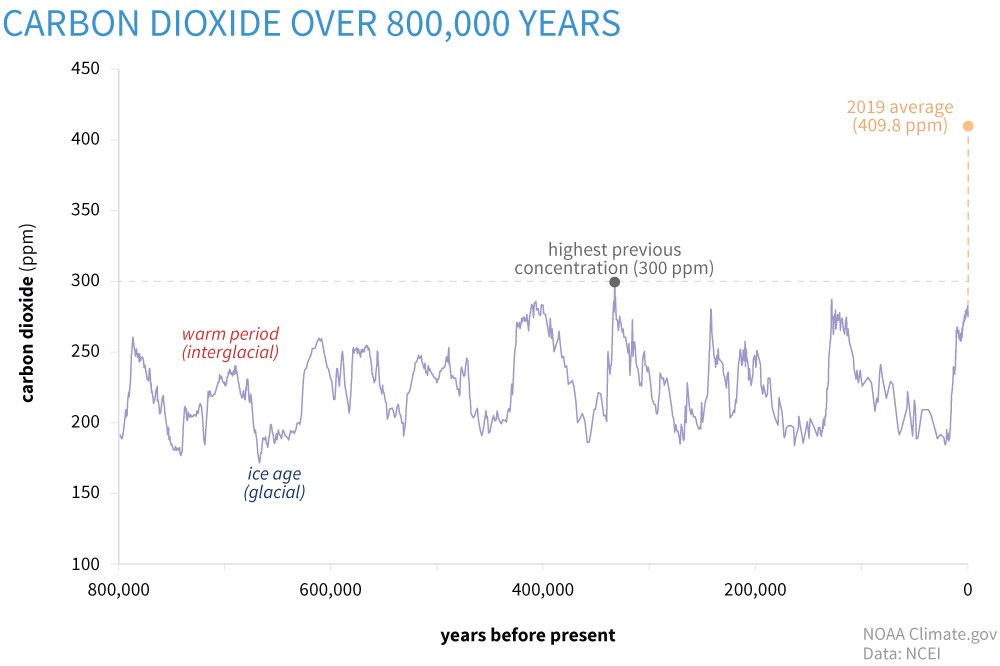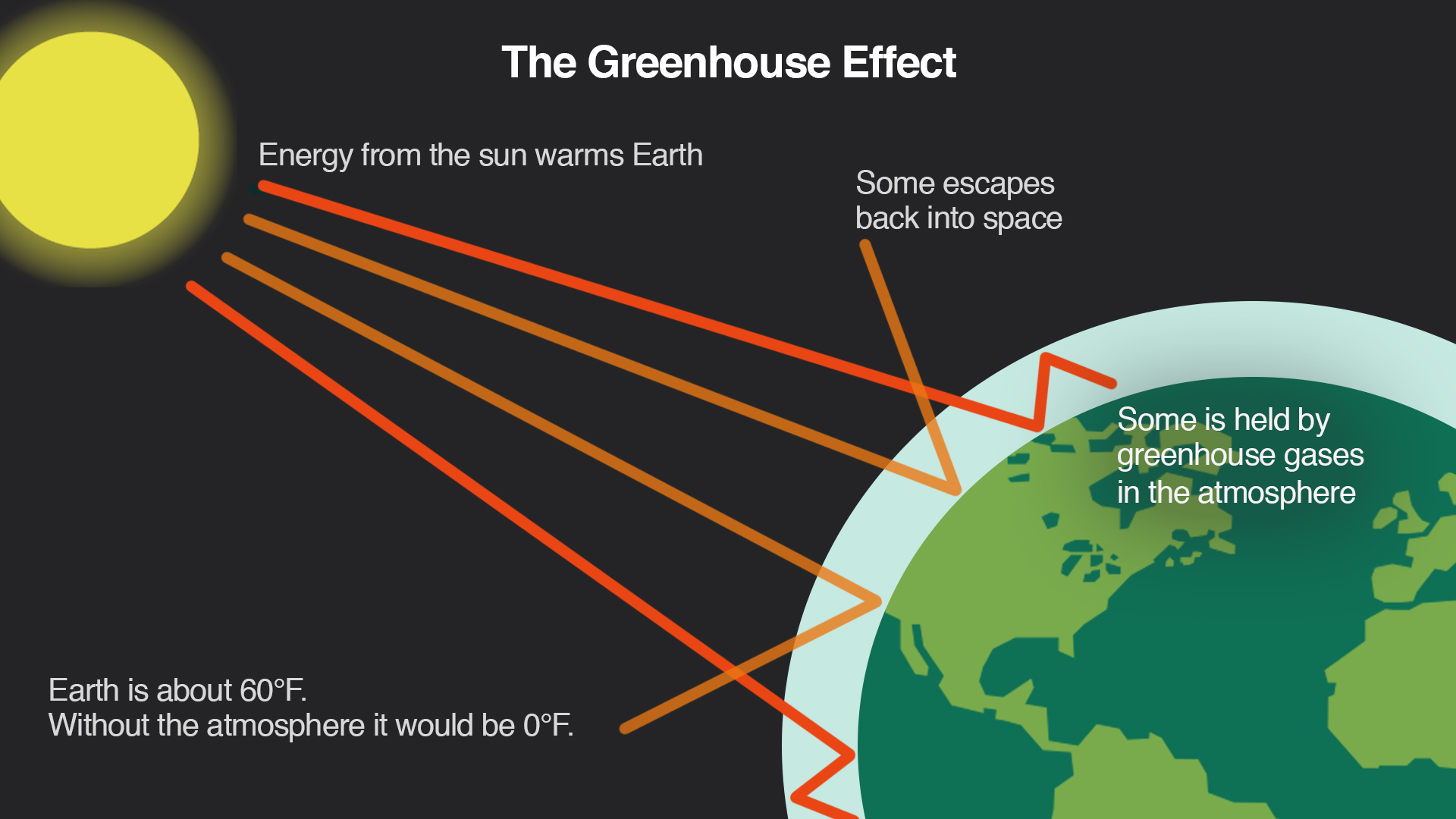View this post on Instagram
Want to learn more? You’re in luck! This is Part 1 of an eco-conscious series. Read Part 2 here!
Fossil Fuel Companies Invented the Carbon Footprint
I’m sure you have heard the catchy phrases that have been thrown around lately: “carbon neutral” and “net zero carbon.”
These phrases are tightly correlated with the idea of a “carbon footprint,” another term that you have likely heard about.
The Oxford Dictionary defines carbon footprint as:
“The amount of carbon dioxide and other carbon compounds emitted due to the consumption of fossil fuels by a particular person, group, etc.”
This boils down to mean: all of our actions come with a carbon “consequence.” The word consequence here isn’t inherently bad, and neither is carbon.
Carbon is the building block of all life on Earth today—the human body is made up of about 19 percent carbon, and all plants on Earth survive on it as well. Without plants, there wouldn’t be anything else, let alone us!
So while carbon might get a bad rap, we have to remember that we need it to survive. However, the problem is that it has been thrown out of proportion with industrialization and production. This is where the issue lies.
Before we dive deeper into the details of a carbon footprint and implications and ways to mitigate (discussed in part 2), it’s important to understand a few things:
What is carbon dioxide (CO2)? How does it contribute to the greenhouse effect? Why does it matter?
CO2 is a gas produced by burning organic compounds and by respiration—or breathing.
Humans are constantly producing CO2 simply by being alive and breathing, but plants, in turn, absorb it and use it in photosynthesis—the chemical reaction where plants turn light energy, CO2, and H2O (water) into sugar and O2 (oxygen).
Carbon dioxide is also considered a greenhouse gas, along with methane (CH4) and nitrous oxide (N2O).
(Fun fact: water vapor is the dominant greenhouse gas in the atmosphere, but it allows energy to escape without being absorbed and thus is not a part of the problem we are facing.)
Where do these other gases come from, though?
Nitrous oxide is emitted from human and animal wastewater, but also from the soils under natural vegetation and agriculture. Of all greenhouse gases, though, it accounts for a relatively minimal amount, around 7 percent, which is why it’s focused on less.
Methane, comparatively, is present even less in the atmosphere, at about 0.0002 percent. However, this gas can trap a significant amount of heat (23 times more than CO2) compared to other gases and shouldn’t be discounted. I’m sure you’ve heard that it mostly comes from livestock, but it also is emitted during the production and transport of coal and oil and during the decay of organic waste in landfills, which is what happens when there is no oxygen and decomposition occurs.
Finally, carbon dioxide is produced in many different ways and is at a current global concentration of about 0.04 percent. This can also be discussed in parts per million, and today, in December of 2020, we are at about 412 parts per million, nearing 413.
To give some context, in 1960, the average CO2 concentration in December was at about 316 parts per million.

Greenhouse gases are gases that trap heat in the atmosphere.
Again, this is not inherently bad and is actually essential to sustaining life on Earth. Without these and the greenhouse effect, the Earth would be too cold for us to inhabit.
The greenhouse effect works whereby solar radiation (visible light) heats the surface of the Earth, and then the warm Earth’s surface emits head photons (infrared) back out toward space. This infrared light is absorbed by the gases present in the atmosphere (e.g., carbon dioxide and methane).
When these gases absorb the heat photons from the earth, they heat up and emit heat themselves, some of which is radiated back down toward Earth. This radiation back down, in turn, causes the Earth’s temperature to be hotter.
Thus, as greenhouse gas concentration increases, it also increases the chance that Earth’s heat photons will be captured by the atmosphere and not go out to space, therefore making Earth hotter than we would like.

Being Carbon Conscious
Because we keep emitting these gases into the atmosphere, they are gathering and trapping more heat. This is what is contributing to global climate change and why we talk about carbon so much.
So, exactly what actions produce carbon? This is where we have to be carbon conscious.
Essentially, all of our actions have a carbon consequence.
Imagine it like a single pair of jeans; they have two distinct life cycle categories:
1. the manufacturing stage
2. the use and end-of-life process.
Water and energy go into planting, caring, and harvesting for the cotton and then into spinning, dyeing, weaving, and transporting many times between steps. Of all the steps in the lifetime of a pair of jeans, consumer care has the highest impact due to washing and drying, followed by fabric manufacturing and transportation.
This brings up the idea of the “lifetime” of a product and how much carbon is released during its lifetime after being in the consumer’s hands due to washing and drying.
When we think about this process for everything: what we consume, shoes, electronics, food, furniture, bags, and so on, we should also consider where everything comes from.
Things we can consider and keep in the back of our minds to be more conscious consumers:
>> Is the food we are purchasing being transported from Mexico, or are we purchasing locally when we can?
>> Are we traveling unnecessarily for meetings, or are we jumping on a Zoom call?
>> Are we keeping items until they are worn out and repairing them, or do we buy new things all the time?
With the COVID-19 pandemic, we have seen a decrease in emissions. However, it’s important to keep in mind that most of these changes are likely to be temporary because there have not been any real structural changes in the economic, transport, or energy systems.
It’s also important to note that, due to the way carbon cycling works, the effects from the emissions we are producing today won’t be seen for at least a decade. This time lag means that even if we stopped all emissions right now, the planet would still be warming for another 10 years (at least).
In 2019, global CO2 emissions were around 33 gigatonnes (Gt) and were projected to drop by 2.4 billion tons (or a 7 percent decrease) for 2020.
Obviously, any decrease in CO2 emissions will be a good thing, but I think our goal should be 22 gigatonnes by 2050.










Read 2 comments and reply